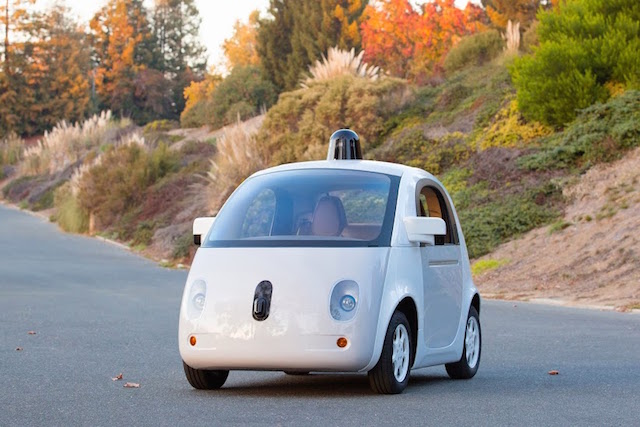Are algorithms getting too complex asks Forbes Magazine’s Kalev Leetaru in an examination of how the formulas that are increasingly governing our lives have grown beyond the understanding of their creators.
With computer code now controlling most of the devices and processes we rely on in daily life, understanding the assumptions and limitations of those programs and formulas becomes essential for designers, managers and users.
Leetaru cites the Apollo 13 malfunction and Volvo’s recent embarrassment where a self driving car nearly ran over a group of journalists however there’s no shortage of more tragic mistakes from the consequences of software design decisions, the crash of Air France 447 over the Atlantic Ocean with the loss of 228 lives where two pilots who stalled their plane due to misunderstanding the characteristics of their cockpit is one recent sad example.
As business and government becomes more dependent on software, more risks will arise from managers not understanding the limitations of the algorithms they use in their business.
Similarly a range of industries to exploit the quirks of algorithm driven markets are developing, the Search Engine Optimisation business designed to exploit quirks in Google’s search algorithm is an established example but more will come to the fore as people find ways to profit by anticipating price movements.
However algorithms have a way to go before they fully take over, as Salon’s examination of Facebook’s news feed reveals a key part of the social media service’s deciding what appears on users screens are the decisions of around thousand ‘power users’.
The news feed algorithm had blind spots that Facebook’s data scientists couldn’t have identified on their own. It took a different kind of data—qualitative human feedback—to begin to fill them in.
While Facebook falls back on large focus groups to fill in the algorithm’s gaps, Uber has found a different problem in estimating driver arrival times where it’s currently not possible to accurately calculate estimated times of arrival in real time.
“The best way to minimise time differential issue is to communicate statistically expected time, which will result in almost always being different than actual (i.e. wrong), but will be less different/wrong on average,” says Uber CEO Travis Kalanick.
Uber and Facebook’s challenges with their algorithms illustrate there’s some way to go before all critical business functions can be handed over to software but as automation becomes standard in many areas, not least autonomous vehicles, the limitations of programs and the assumptions of programmers will become apparent.
Similar posts:




